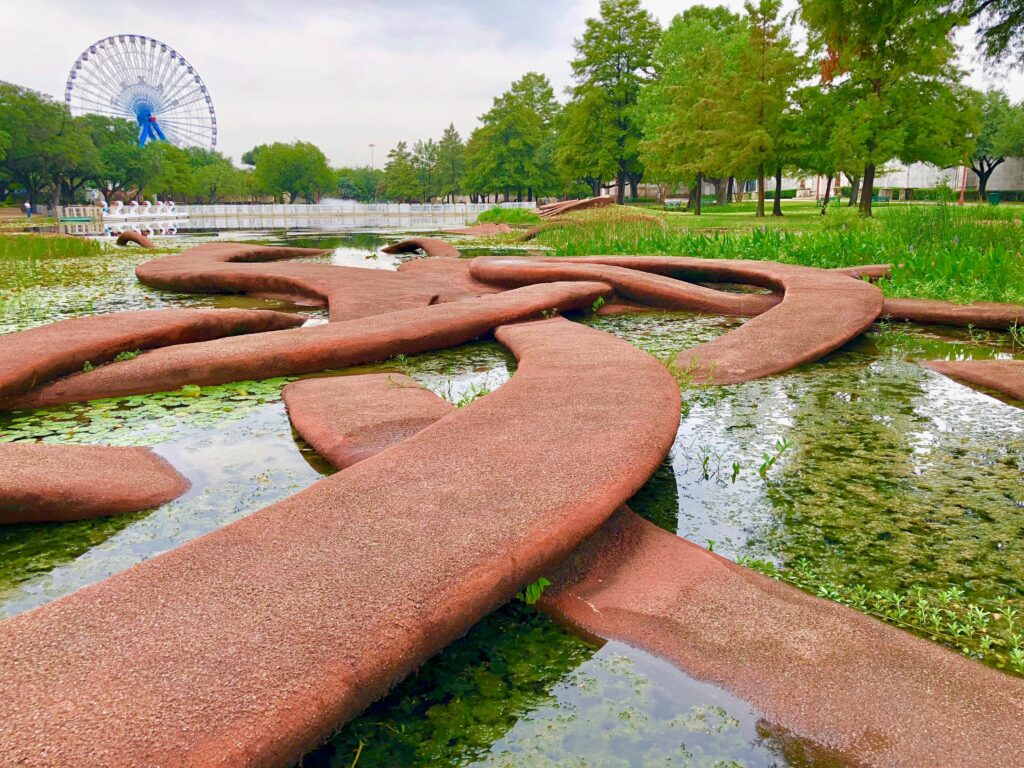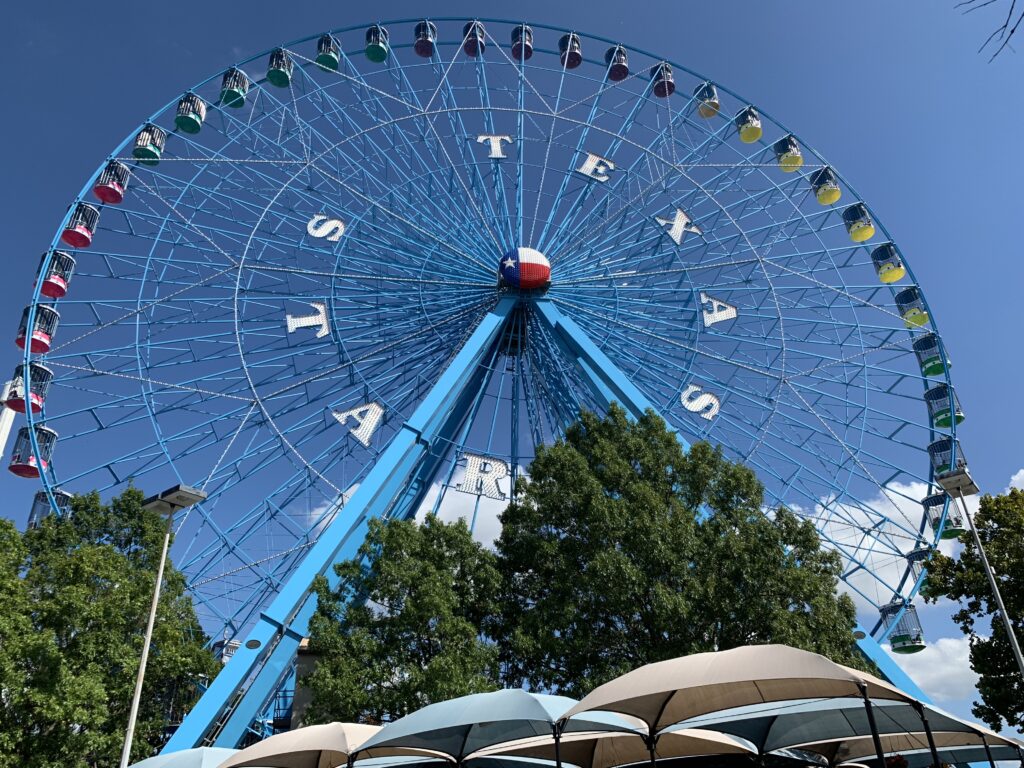05/Mar/2020 | Wander
The long-neglected sleeping giant is about to experience an overdue renaissance

There is a parallel universe in Dallas where Fair Park exists. This alien universe is secluded, uninhabited, serene, with a unique and elegant architectural style rarely seen outside its vast perimeter. We wouldn’t even know it exists had it not been for the annual space mission, called The Texas State Fair, that lands on its Art Deco surface once a year bringing hundreds of thousands swarming in, and then quickly cutting out like a cheap one-night stand.

But why is that? In any other major city, a 277-acre urban park, dotted with majestic Art Deco buildings, museums, iconic stadium, concert stages, a towering carousel looking over the fairgrounds, sprawling lagoon teeming with wildlife, and historic monuments, remnants of the 1936 World Fair. It’s the mother of all time capsules when it doesn’t need to be in a city with the size and resources of a city such as Dallas.

In a normal world, Fair Park should’ve been a cultural beacon and a tourist attraction. It should’ve been and a popular spot for Dallasites to meet up, to picnic, to bring their kids, to go for an after-work run, to unplug from the grind of big city life. But instead, it lays there desolate and neglected.
The reasons are too numerous to mention, but it’s a catastrophic mix of city mismanagement and conflicting agendas. But most notably is how the city allowed the surrounding neighborhoods to deteriorate so badly for the past 50 years due to racial prejudice and sheer short-sightedness.

I remember the first time walking into Fair Park. It was a sunny weekday around lunchtime. I wasn’t expecting weekend crowds but I was assuming they’d be a semblance of life. Instead, I’m reminded of the opening scene of Will Smith’s I Am Legend walking through a post-apocalyptic Time Square in NYC, and it’s completely desolate with not a soul in sight. There’s something spooky about walking through a space you know is meant to draw people, yet it’s eerily quiet.
I literally spent more than 30 minutes walking around before coming across the first human. It was surreal. This park has a lot to offer. Just walking along the Esplanade with its countless fountains, admiring the majestic Art Deco statues dating back to the 1936 Expo, and murals lining up the Centennial buildings. Not to mention the Women’s Museum and all the inspiring history behind it, the iconic Cotton Bowl, and the sprawling lagoon with its interwinding paths over the water and looking around me seeing the countless museums dotting the grounds

Spectra to the rescue
But alas, relief seems to be finally in sight. And this time the city means it! Thanks to smart, visionary heads finally prevailing at City Council. The city has handed control of the park to Spectra, a private management group. Spectra has a proven track record of rejuvenating and breathing life in various public projects in major cities with solid success. It seems they have the vision and sensibility to gauge the local audience’s needs and design an experience accordingly. Spectra has hired architecture and design firm Perkins & Will to come up with the new vision for the park.

Expected skirmishes
As expected, there is the typical battle between what seems to be the pragmatists vs purists. The pragmatists, in this case, Spectra and their chosen design firm Perkins & Will want to use the original design for the 1936 Texas Centennial Exposition as their North Star. And the purists, or rather disruptors, want to see a more aggressive overhaul that also impacts the surrounding neighborhoods, freeways and how they contribute to the future success of the Park.
While I understand the point on each side of the argument, after years of non-action, I suggest that we just start! And perhaps consider walking before running. Maybe consider a multi-phase plan where the city evaluates success phase by phase, and tweaking as they go.

Perfect is the enemy of good
I’d be the first to admit the current redesign plan is not perfect, but it brings enough positive change to truly transform the park and bring it closer to what it’s supposed to be. It adds more than 400,000 square feet of green spaces, a trail that circles around the park, and new parking structures. But more crucially, a new community park, which the city feels could go a long way integrating the surrounding neighborhoods with the park.
All in all, the plan generally makes the part more accessible, more friendly, more inviting, and hopefully, in time it becomes the next bigger, greener, and friendlier Klyde Warren Park.
